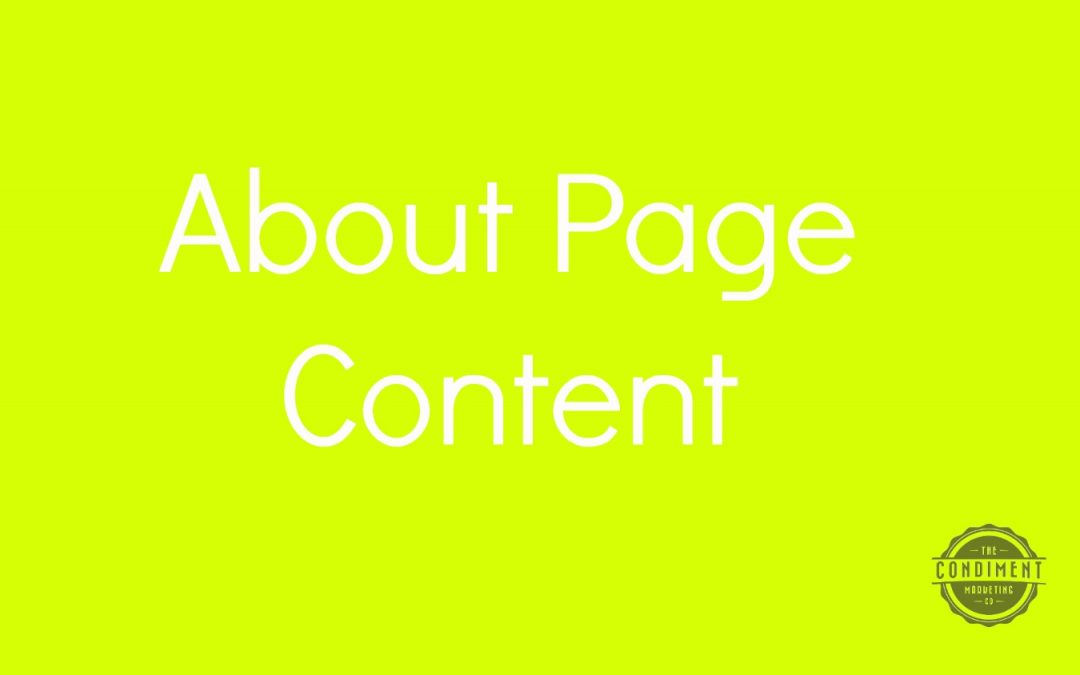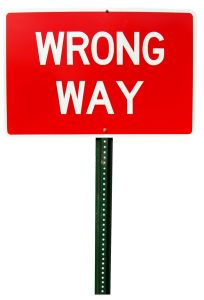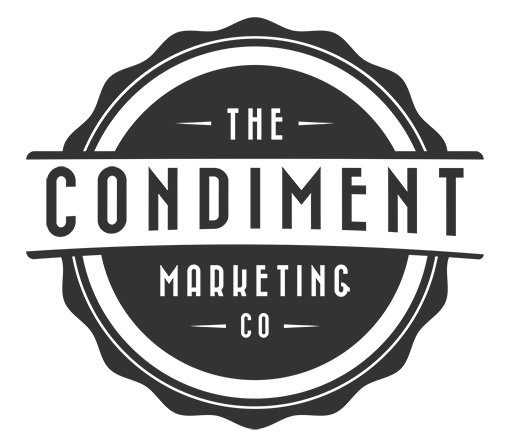
There’s no one way to write an about page, as you may have seen in my previous post about the Great About Page Debate. However, there are few steps you can take to cover the essentials.
Step 1: Describe your business in one sentence and then again in one paragraph.
We ask all clients to do this exercise. It’s tough, but it will change the direction of your content. The goal here is to be as succinct as possible. You want a new visitor to figure out what you do in a few seconds. This is similar to an elevator speech, but it’s fit for the web, and it will appear at the top of your about page. Think inverted pyramid.
Step 2 and 3: Decide between an about page or an about section. Then make an outline.
Read More »

The following 99 web writing tips are geared to the content on your static web pages. These are for the pages that help you sell.
Customer-Centric Web Copy Tips
1. Follow the AIDA formula on every page (Attention + Interest + Desire + Action).
2. Outline your value proposition early on, maybe even in your home page headline. (A value proposition is a combination of what makes you desirable to customers and unique from competitors.)
3. Promise something. What will your customer get?
4. Filter out clients you don’t want to work with. Target ideal customers.
5. Show them the great work you do (for free). Give away a free ebook or whitepaper.
6. Generate excitement. Read More »

 No one is perfect, and no one set of web content is perfect either. But we can all strive for web content perfection…right? Start by avoiding these 10 common website content mistakes.
No one is perfect, and no one set of web content is perfect either. But we can all strive for web content perfection…right? Start by avoiding these 10 common website content mistakes.
Mistake 1: You write for your peers and not for your customers.
Forget about industry jargon and proving to your competitors that you are knowledgeable. Write for your customer. What do they want to know?
Mistake 2: Your website content is not easy to scan.
Most website visitors do not read web content word for word. That means you need to write short paragraphs, include bullet lists, use bold and italics to emphasize key phrases, incorporate plenty of subheadings, and add images to make your web pages easy to scan. Read More »

Website content should not read like a user’s manual. It shouldn’t read like a prospectus either. Website content should have personality.
Making your website content sound like a human wrote it will take practice. You’ll also need to follow these 12 tips. No one said injections were easy.
Tip 1 – Choose your avatar
Marketers work with “avatars” to aid in speaking to their customers. Think about who you are trying to reach with your web content. Is it a 30-something-year-old woman who lives near a city center? Get a blank piece of paper, draw her face, and give her a name. Tape the picture to your wall and now start writing TO your avatar.
Tip 2 – Outline your web content
Create the architecture of your site. In other words, decide what pages you’ll have on your website and decide on three to five main ideas for each page. Your outline can only be a set of bullet points or it can go into more detail. Do what works best for you. Read More »

If you hope to rank high in the search engines, you need to write straightforward website content. Adding jargon will fill your pages with that essential amount of website content, but it doesn’t incorporate valuable keywords or the essential context around those keywords.
I’m not saying you should stuff your pages with keywords. Never! All I’m saying is that you should not waste valuable website space on meaningless words. Focus on words your customers can relate to and words that you just might rank for in the search engines. Read More »






